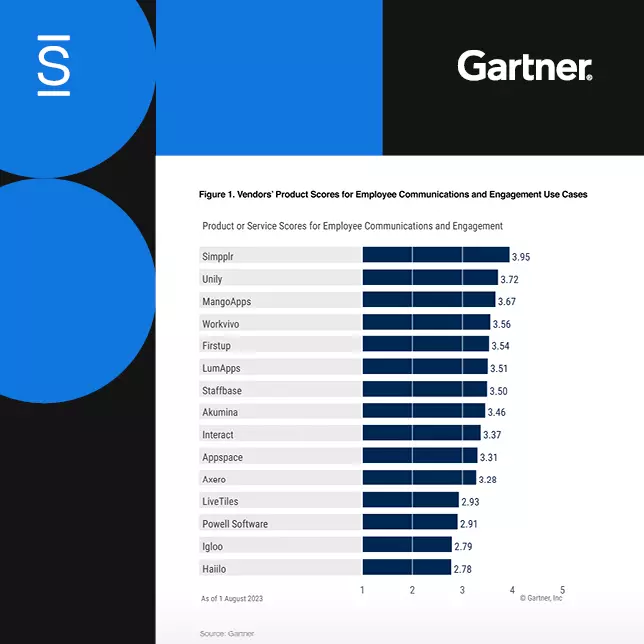A transformation has occurred in American workplaces over the past decade. Millennials are now the largest working generation, the gig economy is heating up, and digital technology has made it possible for remote employees to work anytime, anywhere.
As a result of these changes, businesses have discovered that attracting and retaining top talent is more challenging than ever before. The resignation of skilled employees is a significant loss to the company, as recruiting staff must struggle to find a replacement.
Smart organizations are looking harder at how to keep their best performers engaged, and the data couldn’t be more clear: Managers are almost entirely responsible for the engagement levels of their team members.
The Impact of Managers on Employee Engagement
Research powerhouse Gallup gathered data from more than 2.5 million teams worldwide, which included feedback from over 27 million employees. The results were alarming:
- A mere 30 percent of U.S. workers report being engaged or highly engaged at work.
- When managers are highly engaged, their team members are 59 percent more likely to be engaged.
- Unfortunately, only 35 percent of U.S. managers report that they are engaged or highly engaged in their jobs.
There is a quantifiable connection between manager behaviors and employee engagement, and poor managers can have a major impact on the company’s bottom line. According to the Gallup study, the cost of managerial disengagement is between $319 billion and $398 billion per year.
Managerial Methods That Sabotage Employee Engagement
The list of ineffective managerial behaviors is long, ranging from whether and how leaders connect with team members to the frequency and manner in which feedback is given. Unfortunately, the skills required to be a successful boss are uncommon. Gallup researchers found that only 10 percent of workers have the natural potential to be great in a management role.
Many organizations make promotional decisions based on past performance, which often has little to do with managerial skill. As a result, many team leaders are guilty of behaviors that actively sabotage engagement levels. Examples include:
- Giving directives instead of collaborative problem-solving.
- Delivering feedback infrequently, primarily for poor performance.
- Neglecting to recognize good work.
- Focusing on weaknesses instead of strengths.
- Acting as boss instead of coach.
- Using high-pressure tactics to increase employee productivity.
- Overusing emotional appeals to increase productivity.
It doesn’t take much to damage an individual staff member’s level of engagement, which makes the problem more complicated for leaders working hard to effect change. Recent studies have concluded that something as simple as habitual “phubbing,” or phone snubbing, can impact staff members’ engagement levels. The relatively minor habit of disregarding the needs of an employee who is physically present in favor of talking or texting on a mobile device undermines supervisory trust, leading to greater levels of disengagement.
Creating a Highly Engaged Workforce Through Manager Training
Job satisfaction has long been considered the most critical factor in predicting employee turnover, but new research shows that the true indicator of attrition is engagement level. Because managers have such a strong influence on the engagement levels of their teams, forward-thinking organizations are prioritizing managerial training. Unlike traditional leadership training, these programs have an intensive focus on day-to-day management of a team.
Some of the behaviors, methods and skills that are at the top of the list include:
- Frequent, real-time feedback.
- Designing work activities around employees’ strengths.
- Partnering with staff members on their personal development.
- Coaching for success.
- Creating collaborative teams.
- Developing trust and making connections.
- Managing conflict.
- Inspiring and motivating.
Businesses are only as strong as their workforce, and it has become a challenge to attract and retain talented workers. The largest factor in bringing skilled candidates on board and keeping them with the company long term is the quality of front-line and middle managers. Outdated and ineffective methods of management sabotage employee engagement, damaging employee experience and leading directly to higher rates of turnover.














